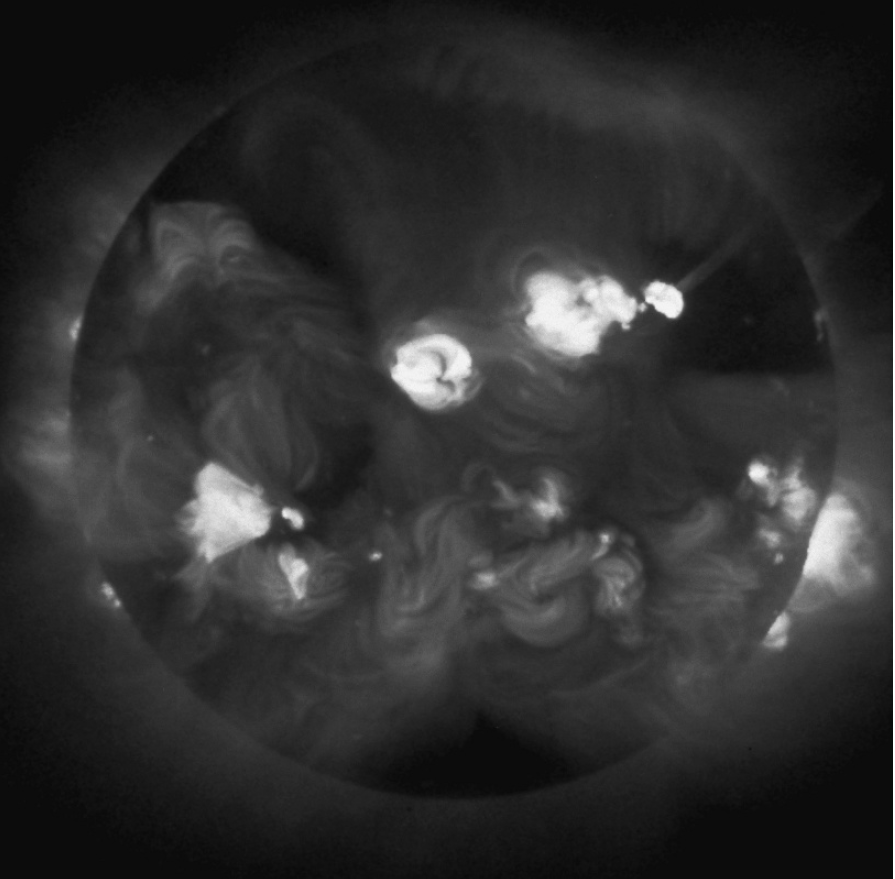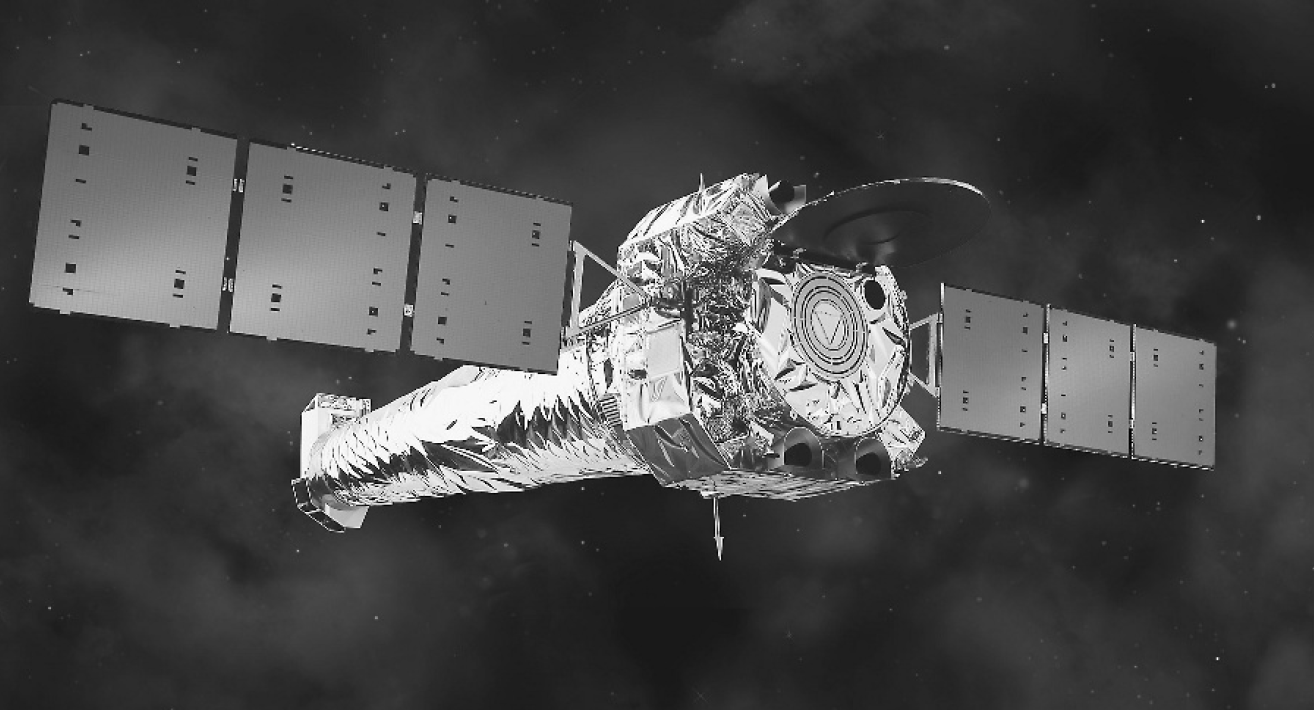


 الفيزياء الكلاسيكية
الفيزياء الكلاسيكية
 الكهربائية والمغناطيسية
الكهربائية والمغناطيسية
 علم البصريات
علم البصريات
 الفيزياء الحديثة
الفيزياء الحديثة
 النظرية النسبية
النظرية النسبية
 الفيزياء النووية
الفيزياء النووية
 فيزياء الحالة الصلبة
فيزياء الحالة الصلبة
 الليزر
الليزر
 علم الفلك
علم الفلك
 المجموعة الشمسية
المجموعة الشمسية
 الطاقة البديلة
الطاقة البديلة
 الفيزياء والعلوم الأخرى
الفيزياء والعلوم الأخرى
 مواضيع عامة في الفيزياء
مواضيع عامة في الفيزياء|
Read More
Date: 17-12-2015
Date: 22-12-2015
Date: 22-12-2015
|
The X-Ray Universe
One of these important discoveries that eventually led to the detection of black holes was that the universe is virtually alive with X rays. These are an invisible form of electromagnetic radiation that is much more energetic and penetrating than visible light. First discovered in laboratory experiments in 1895 by German physicist Wilhelm Roentgen, X rays are familiar to most people from their use in medicine. When a technician aims a beam of X rays at the human body, most of the rays pass through the body and strike a photographic plate, which renders a ghostly image of the patient’s insides.

The bright patches in this X-ray image of the Sun’s outer atmosphere, or corona, are X-rays emitted from extremely hot gases.
In the years that followed Roentgen’s discovery, as artificially produced X rays became increasingly common medical tools, a few astronomers began to suspect that the Sun might produce this energetic radiation naturally. But they had no inkling of the virtual sea of X rays originating from beyond our star. As Herbert Friedman puts it, “There was no hint of the enormous portent [clue or foreshadowing] for the future of astronomy. Astronomers remained oblivious to the potential of X-ray astronomy.”
The first confirmation that the Sun does indeed produce X rays came in 1948, when American scientists attached detection instruments to rockets developed by the Germans in World War II. Although the instruments did detect solar X rays, they showed that the Sun is not a strong X-ray source; the volume of X rays it produces is only about one-millionth that of the visible light it emits. Thus, it appeared to scientists that stars in general would not prove to be important sources of X rays.
Then, in June 1962, American scientists launched a rocket carrying instruments designed to detect possible radiation coming from the surface of the Moon. The experiment found no radiation on the

Launched in July 1999, the Chandra X-ray Observatory has discovered thousands of previously unknown X-ray sources.
Moon. But it did quite unexpectedly detect a powerful X-ray source located beyond the solar system. Later rocket launches confirmed the existence of this source and pinpointed it in the constellation of Scorpius, the scorpion. Astronomers named it Scorpius X-1, or Sco X-1 for short.
After that, other distant, very powerful X-ray sources were discovered, especially following the December 1970 launch of a more sophisticated X-ray satellite. This device, named Uhuru, and several even more sensitive probes launched later, revealed that the sky is literally filled with X-ray sources; some scientists began to refer to this previously unknown phenomenon as the “X-ray universe.”



|
|
|
|
التوتر والسرطان.. علماء يحذرون من "صلة خطيرة"
|
|
|
|
|
|
|
مرآة السيارة: مدى دقة عكسها للصورة الصحيحة
|
|
|
|
|
|
|
نحو شراكة وطنية متكاملة.. الأمين العام للعتبة الحسينية يبحث مع وكيل وزارة الخارجية آفاق التعاون المؤسسي
|
|
|